It’s hard to keep up with trends as it takes several years to complete an office project from its design to its actual delivery. The office market is however doing its best to keep up with changing trends and workstyles by offering bespoke tenant solutions.
The pursuit of flexibility
Amidst a backdrop of automation, digitization and rapid economic transformation, companies are trying to avoid making long-term commitments. There’s a growing number of companies that work on a project basis, hence the changes in workstyle which are leading to different approaches to employment. Companies cannot predict how many people they will need to have on board in a year or five years’ time and are unwilling to commit to a traditional office lease of five or ten years. This is because halfway through a lease a firm’s head office may decide to send a team to Warsaw or its Kraków office may win a tender for a big project that requires for instance 60 new employees to be hired
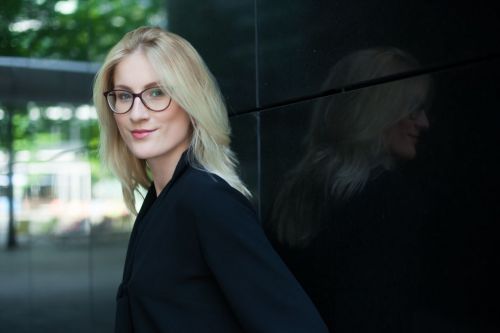
































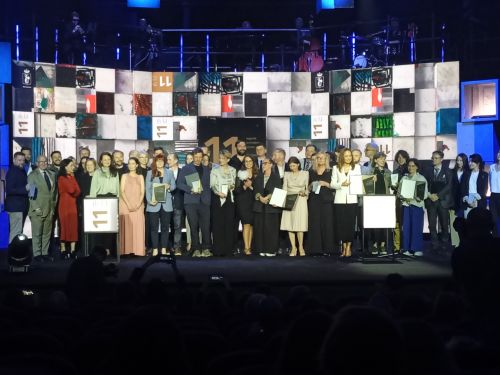
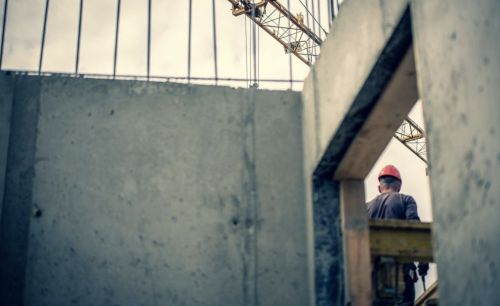



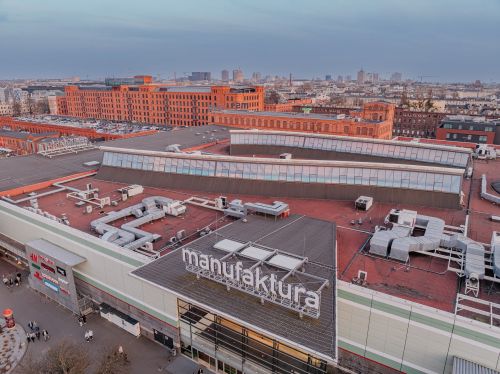


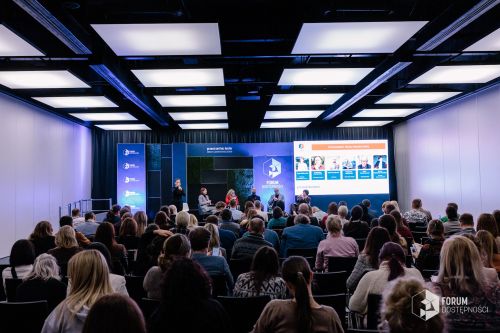






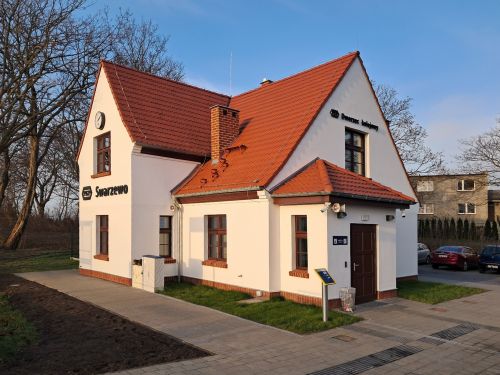
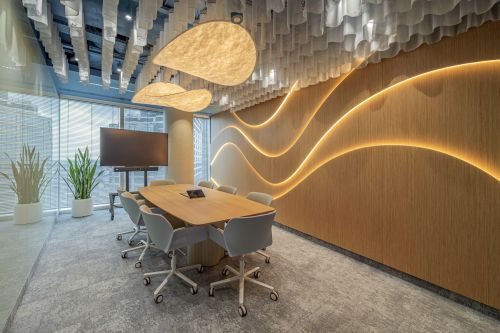



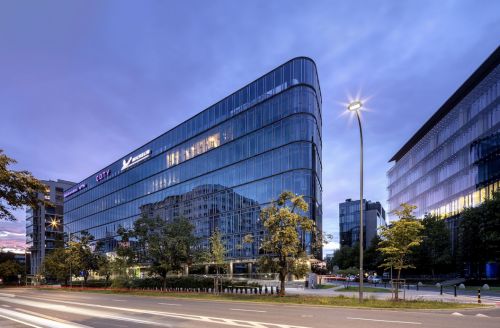


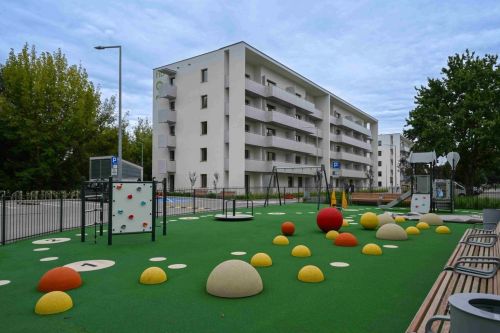
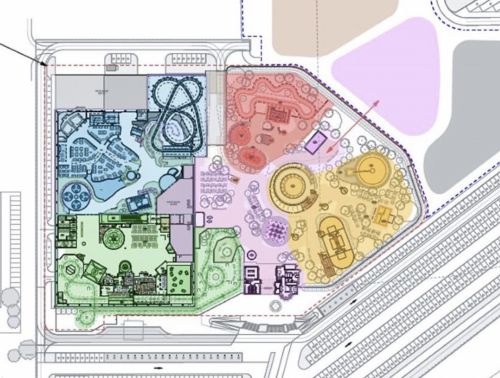

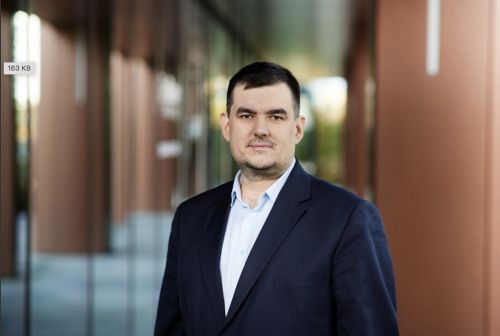


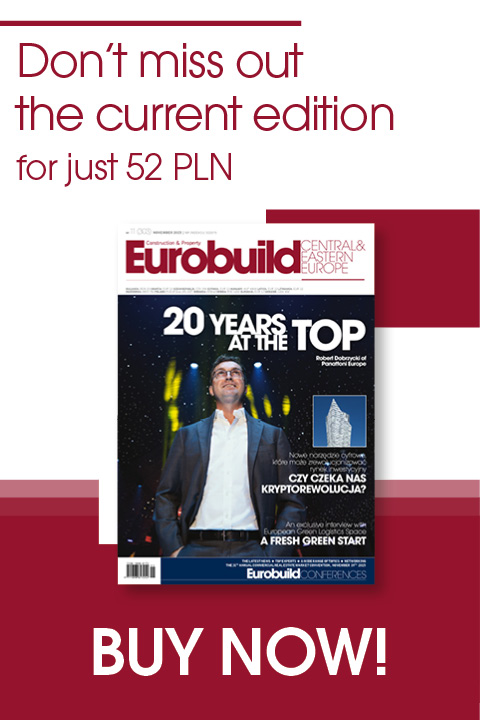
Modular construction becomes more prominent
Modular construction becomes more prominent
After a temporary slowdown, the modular construction market in Poland continues to expand in 2025. Although the sector faces challenges such as high material costs and investment f ...
Spectis
EXPO REAL 2025: From survival mode to selective recovery
EXPO REAL 2025: From survival mode to selective recovery
This year’s EXPO REAL in Munich marked a noticeable shift in tone across industry conversations. Following a period of uncertainty and postponed investment decisions, the com ...
Axi Immo
Are lease agreements in retail parks still triple-net?
Are lease agreements in retail parks still triple-net?
The lease agreements concluded for retail parks increasingly feature solutions that differ from the classic Triple Net Lease agreements, particularly as regards the settlement of o ...
CMS